The Fundamentals of Making Mashed Potatoes
I don't want to tell you how to make mashed potatoes. It seems like one of those things that you just... do. I don't even myself know exactly how to make mashed potatoes. I just peel them, boil until you can stick a fork in it, poor a little bit of milk and butter into them, top with freshly ground salt and pepper, and stab with a potato masher until fluffy. If I'm feeling frisky, maybe grate some sharp cheese!
The one thing that I make for every holiday is mashed potatoes, though. They're my all-time favorite food. If I was trapped on a desert island and could only have one food for the rest of my life, it would be potatoes. You can live off of potatoes. And I absolutely would in an instant!

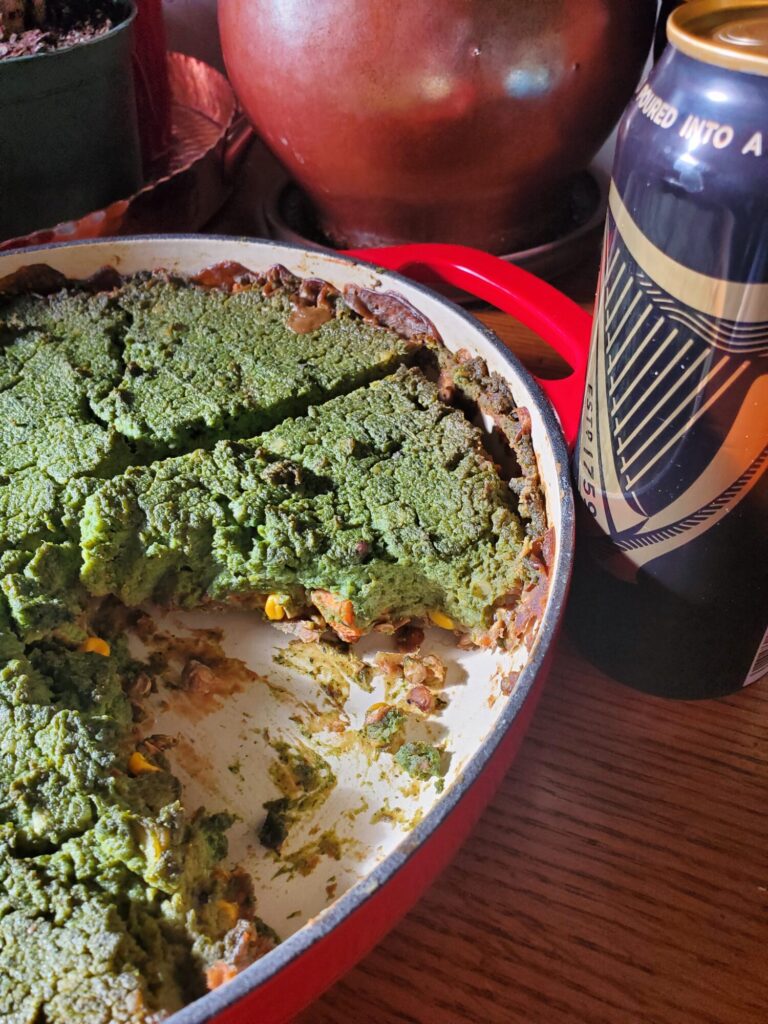
My Journey of How to Make Mashed Potatoes
Perhaps this is because mashed potatoes is all that I used to eat for holidays growing up! I never really had a taste for meat, wouldn't eat bizarrely textured food, and was unknowingly allergic to just about every herb on the planet! So you can imagine how much of a picky eater I was!
But mashed potatoes I could eat and were my favorite thing in the world growing up!
That meant that I grew up making mashed potatoes, though. No one else was going to make them for me and it got to a point where I preferred my own, anyway!
We didn't all grow up that way, though. I remember my first Thanksgiving in a house at college. A couple of us stayed behind and did the holiday together (back before Covid and that was a thing). We had a menu planned and all went to the grocery store. I can't remember exactly what we made, but I think that it was homemade macaroni and cheese or lasagna or something along those lines...
Anyway, when we got around to getting potatoes, they all started for the packaged food isle. And I was so confused... I honestly had never thought that freeze dried potato flakes in a bag could possibly be a thing!
Mashed potatoes are so easy to make, why would you ever buy them in a bag??
But I had had to learn to make mashed potatoes one day. And you have to start at the beginning to get good at making anything. I take on cooking these days like a cooking competition mystery box challenge. Where I'll pick things that I don't know what or or have never cooked with before and just jump in with confidence!
No one starts out with that kind of gusto, though. And it took many an overcooked and overbeaten mashed potato to figure it out! So here we are, the fundamentals of how to make mashed potatoes.
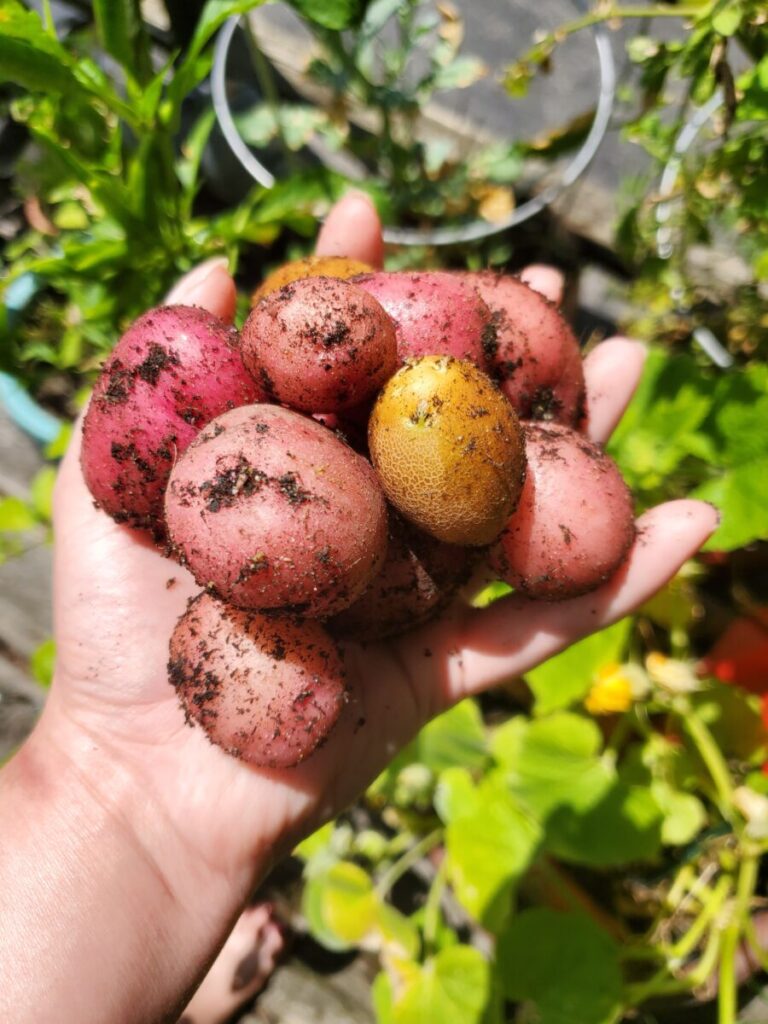
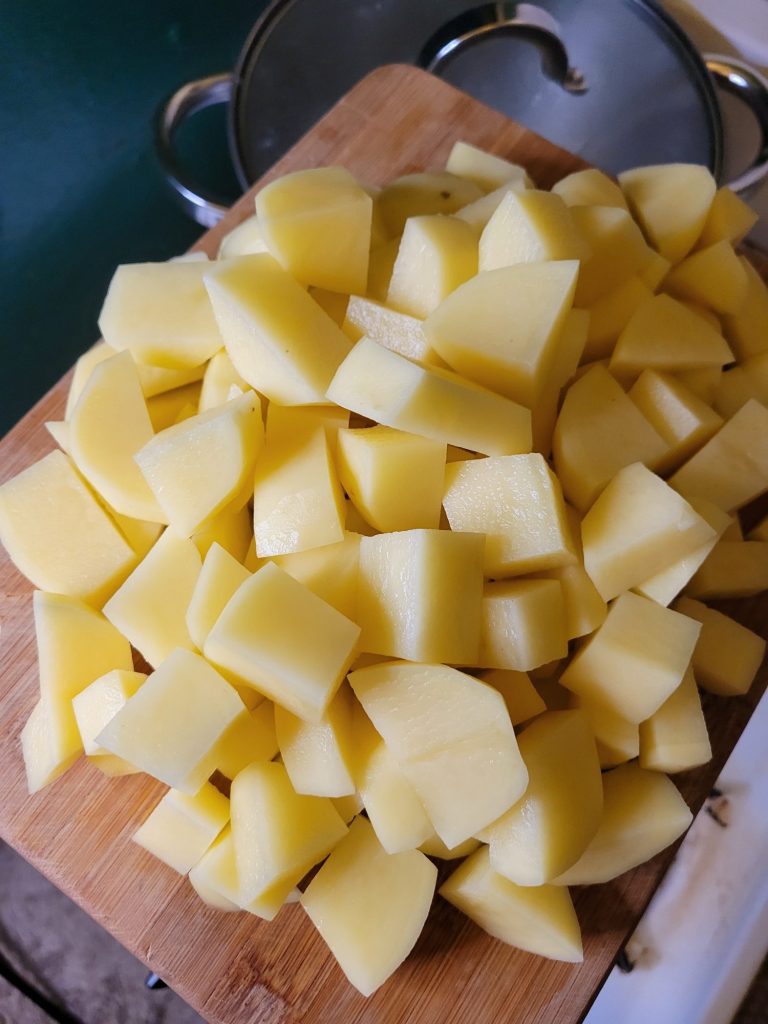
Picking the Right Potato
The first thing that you need to navigate is which potatoes to use. I tend to make mashed potatoes with Russet or Yukon gold potatoes. You can use any reasonably firm potato, though.
Potatoes higher in starch tend to hold up better. Part of what we like about mashed potatoes is the fluffiness. You only get this with a denser potato that doesn't dissolve when boiling. Russet, Yukon gold, and Idaho potatoes fall into this category and work very. well for roasting.
Waxier potatoes, like red-skinned, purple, and fingerling potatoes don't tend to work as well. They're higher in moisture and sugar than starchier potatoes and to well boiling whole or roasting. However, they tend to be a little smaller and can be too watery when boiled. They don't get that creamy consistency.
Some people swear by combining types of potatoes.
Others insist that there is no mashing potato other than Russet!
My favorite kinds of potatoes for mashing, though, are Yukon gold. This is universally hailed as the best potato for its airiness and natural creaminess.
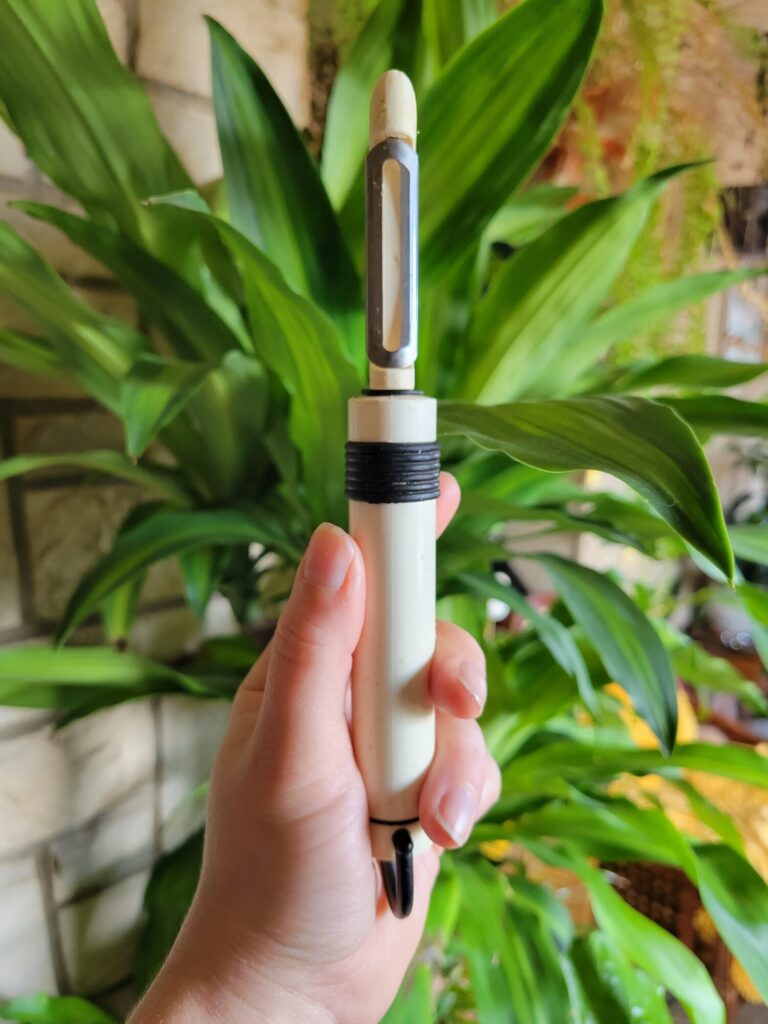

To Peel or Not to Peel?
Some people swear by not peeling their potatoes. There is an argument to be made here because there is starch in the skin. Boiling the potatoes with the skin on also makes them easier to peel. When cooked, the skins will simply separate from the rest of the potato and start to fall off.
But a lot of the time if you don't peel the potatoes you're cooking them whole. While this might work okay for smaller potatoes, when you're using larger potatoes they don't boil well whole! The outer part of the potatoes will cook faster than the inside and it's more difficult to achieve the creamy consistency of perfectly mashed potatoes when half of them are overcooked and half of them are undercooked!
If you do cube the potatoes, you can avoid this pitfall. But then there's the tedious endeavor of checking every single potato cube to peel the last remaining remnant of potato skin off. Which, quite frankly, I just don't like doing. Although it does work to make mashed potatoes!
Some people also like mashed potatoes with the skin still intact. This is more rustic and wastes less of the potato. Although I do put the peelings in pet food or they're a fine additional to vegetable stock. I find mashed potatoes with the skin on texturally unpleasant and more difficult to mash, though. The skins tend to get stuck between the prongs in the masher and make it more difficult to get an even consistency.

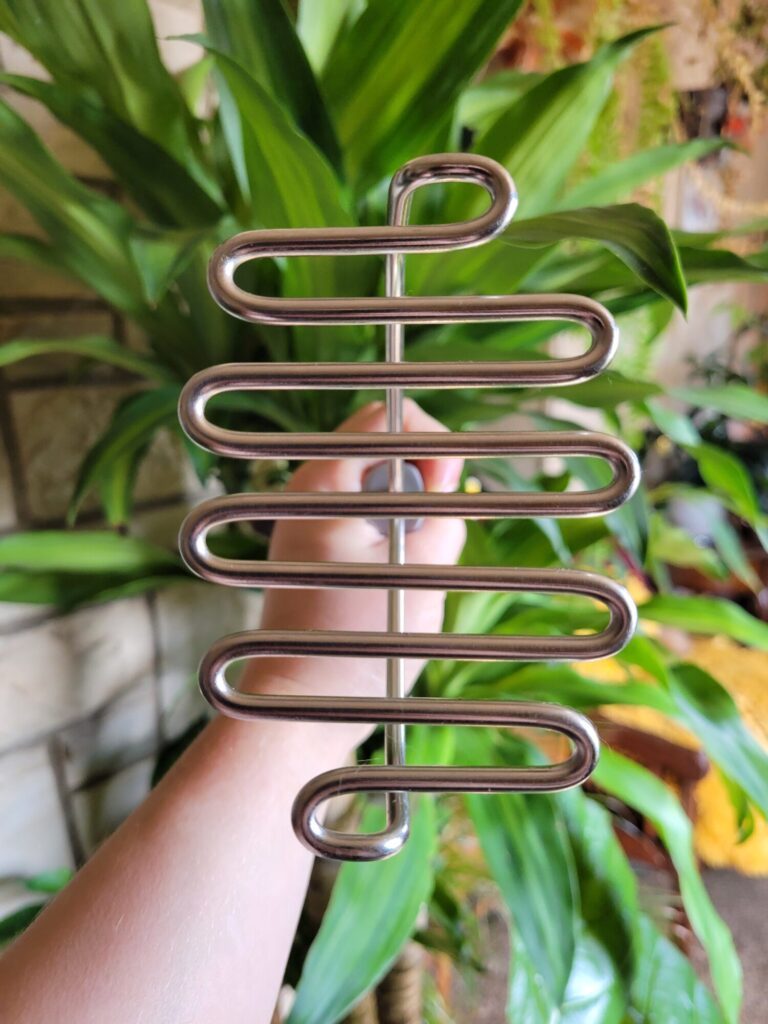
Do You Really Need a Potato Masher?
I like to use a potato masher. This isn't necessary, though. I spent all of my childhood and much of my adulthood wanting perfectly puréed potatoes. I've since gravitated towards making chunkier potatoes. But this is entirely up to you!
If you're using a hand mixer or standing mixture, just be sure to just barely purée the potatoes. If you overmix, they will begin to liquify again and get soupy. All of the starch just makes this a mess of goopy potatoes.
If you do overmix, there also aren't a lot of ways to fix this predicament. The best thing to do is to make more potatoes and add them in a little chunkier to balance out. This isn't the best solution and I can't stand it when recipes tell you that there is no other hope than starting over! But there isn't much recourse for overmixing potatoes. That's one of the reason that I like mashing them behind instead. It's very difficult to overmix by hand! And it's rustic in a pleasant way.
If you don't want to start over, though, the best thing is to change the trajectory of the dish.
You could add tahini and call it fusion potato hummus. Mashed potatoes don't have quite the same texture as hummus, but they approximate it well enough to make a creamier dish.
Or spread the potatoes across a casserole or shepherds pie and bake. This will firm up the top of the potatoes, making the consistency less noticeable.
Frying them in a skillet, more potato pancake style, works as a great side dish.
Also adding copious amounts of cheese either frying or making a cheesy potato hides the texture as well.
I've even thinned the potatoes out more with milk and parmesan to make a pasta sauce.
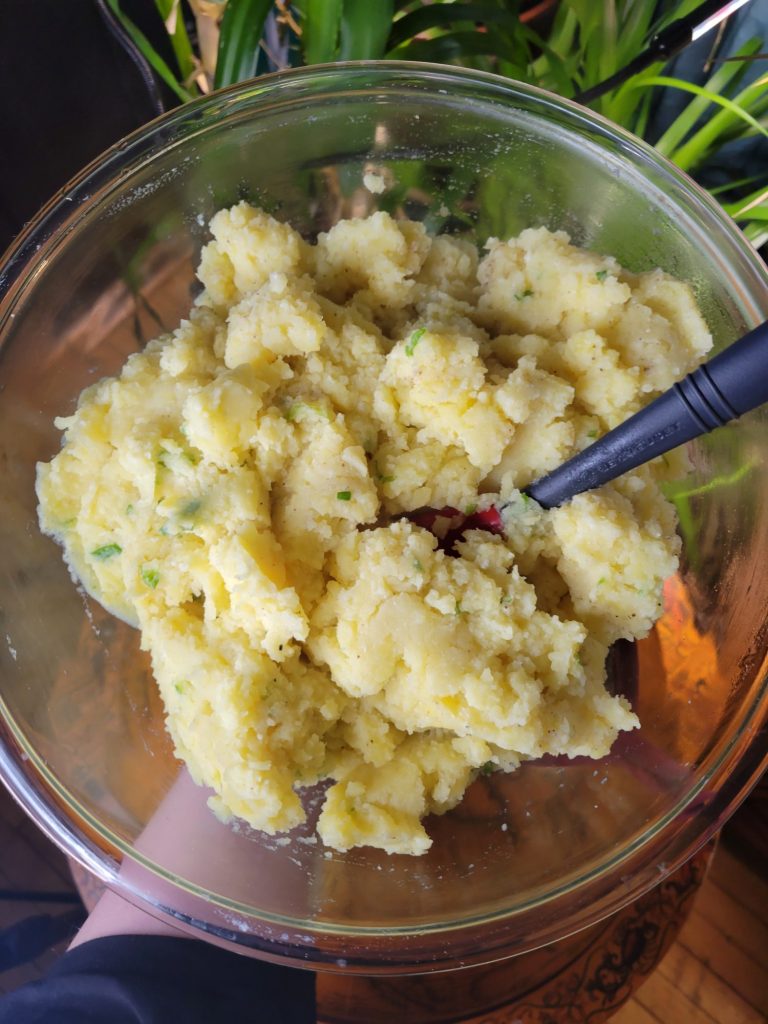
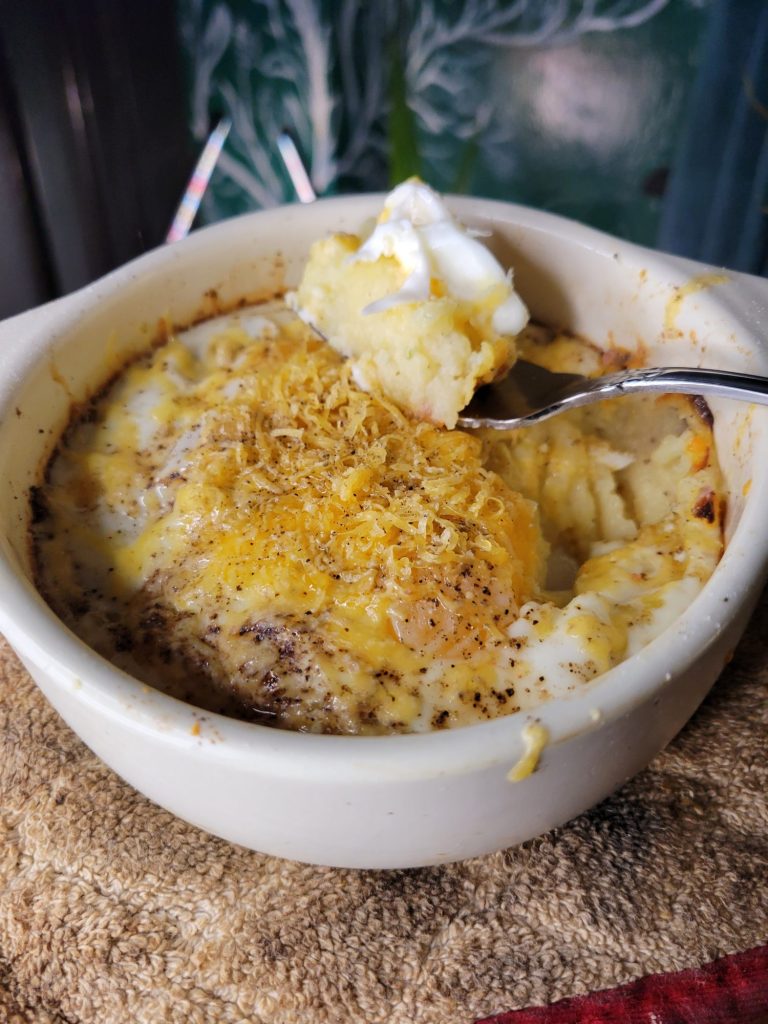
How to Flavor Mashed Potatoes
The last thing to decide is what to flavor your potatoes with. I prefer a basic butter, milk, salt, and pepper. The basics make it easy to add anything you want to personalize.
Good additions to mashed potatoes:
- Garlic
- Chives
- Shallots
- Cheddar cheese
- Blue cheese
- Sour cream
- Greek yogurt
- Cream cheese
- Oregano
- Bacon
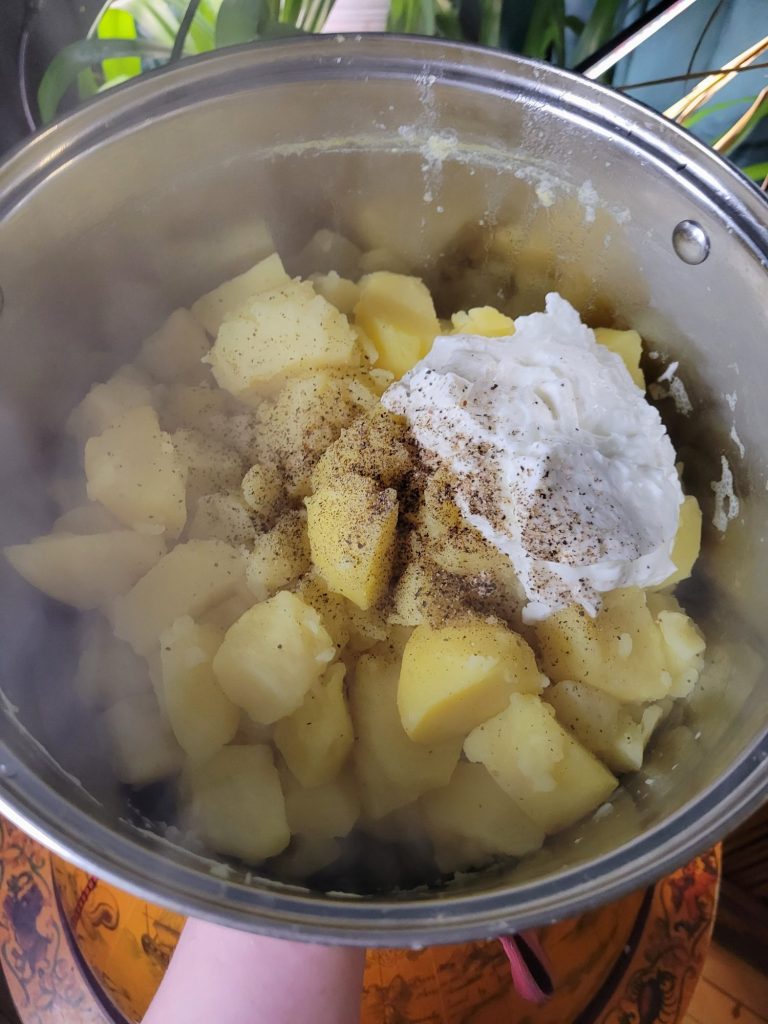
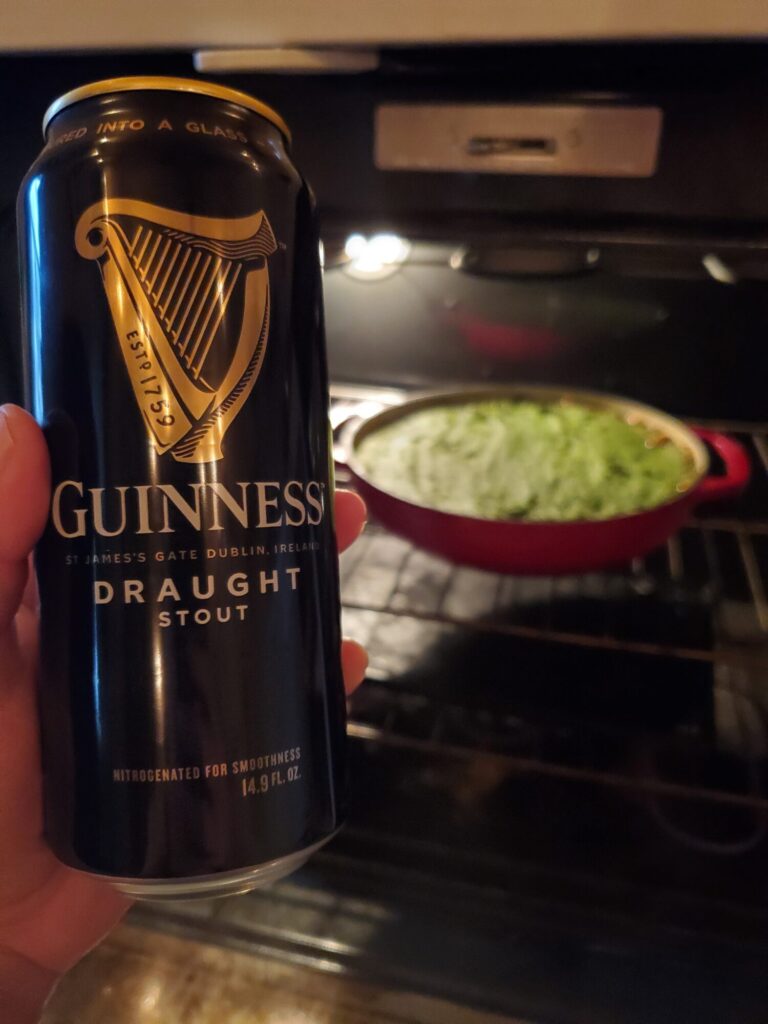
Milk Alternatives for Mashed Potatoes
I oftentimes just use butter and omit the milk. I don't tend to keep milk in the house and it's not always something that I want to make a special trip to the grocery store for. If you find yourself in a similar position, you can skip the milk. You can also substitute half & half, heavy whipping cream, Greek yogurt, sour cream, or any number of milk-like substances. Margarine, coconut cream, almond milk, and any number of dairy-free alternatives are also perfectly suitable for mashed potatoes. I find that the nuttiness pairs well the earthiness of mashed potatoes. Although bear in mind that some of these will impart a distinct flavor. Greek yogurt and sour cream go well with an oniony flavor, like garlic, chives, and shallots. Coconut goes well with a variety of herbs and spices, like turmeric, basil, and other curry spices.
Gallery

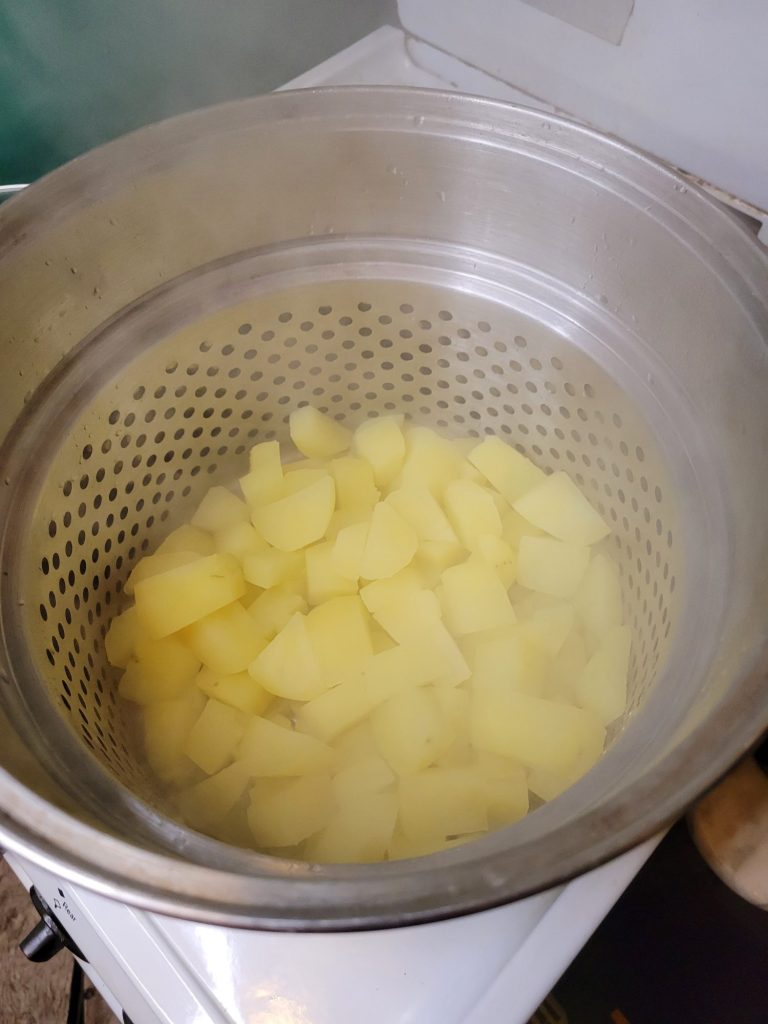
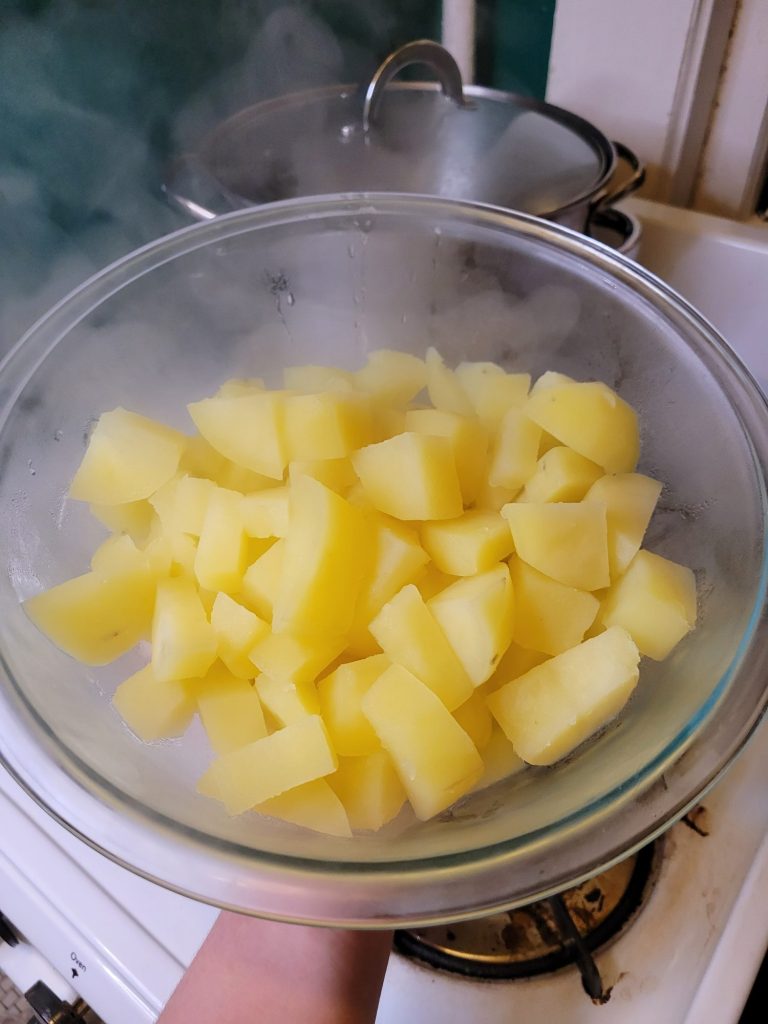
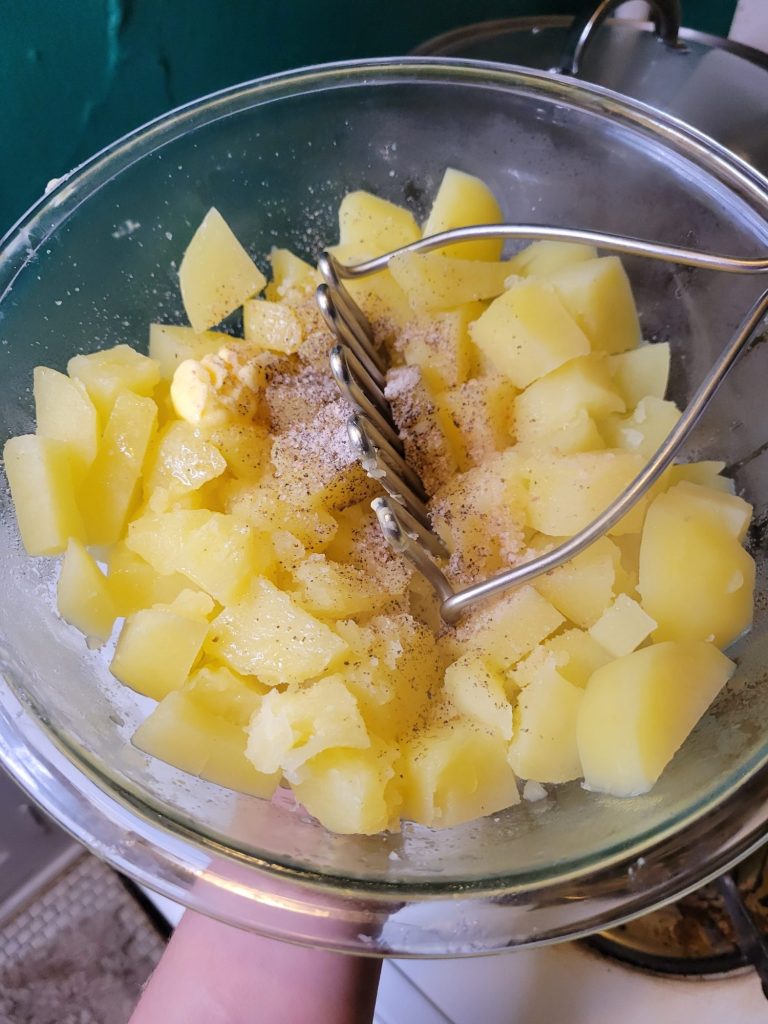


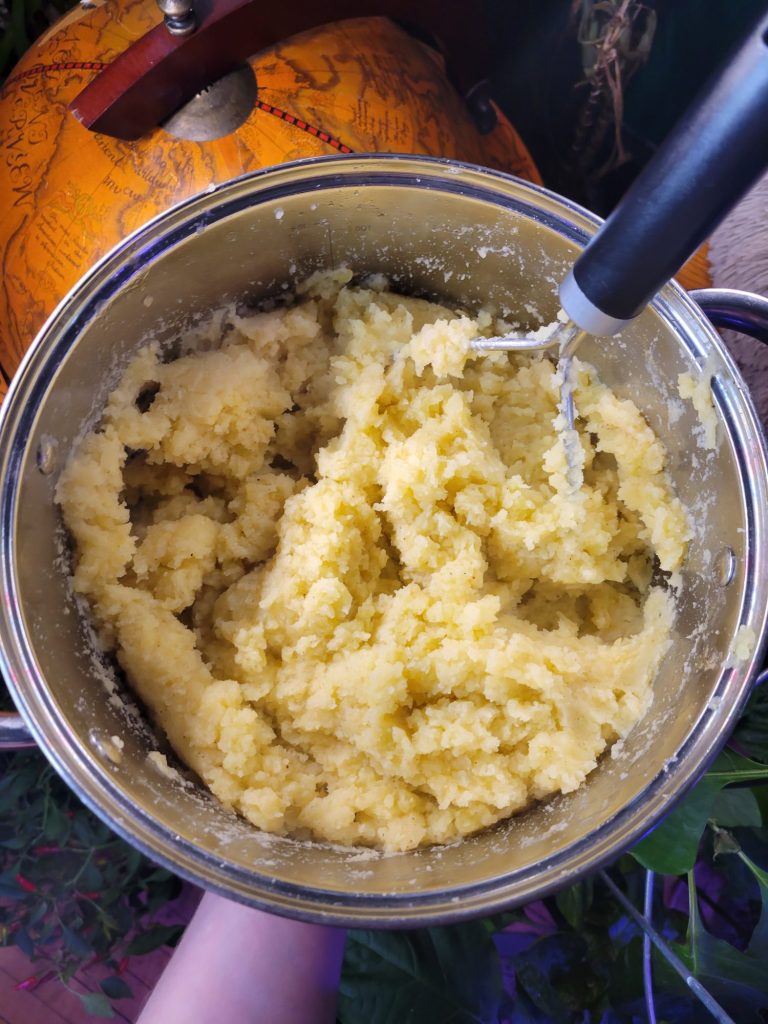

What to Make w/ Mashed Potatoes
Mashed potatoes are excellent on their own. Although they go with a ride range of other dishes from pizza and lasagna to egg bakes and even nachos and burritos.

The Fundamentals of Making Mashed Potatoes
Equipment
- Large Pot
- Stovetop
- Potato Masher
Ingredients
- 1 lbs. Yukon gold potatoes peeled and cubed
- 1/2 c. milk room temperature (optional)
- 4 tbsp. butter softened
- hefty dash salt
- hefty dash pepper
Instructions
- Peel and dice potatoes. They should be able an inch thick.
- Place in a large pot and cover with 2 inches of water.
- Bring to a boil over high heat.
- Boil for 10-15 minutes, or until tender. You should be able to stick a fork in them and have it break in two pieces. They're not quite cooked if the fork comes out cleanly. And they're overdone if it breaks apart completely, instead of just in half.
- Drain and place back in the pot.
- Add the milk, butter, salt, and pepper.
- Mash with a potato masher until light and fluffy. Making sure to scrape the sides and stir occasionally.
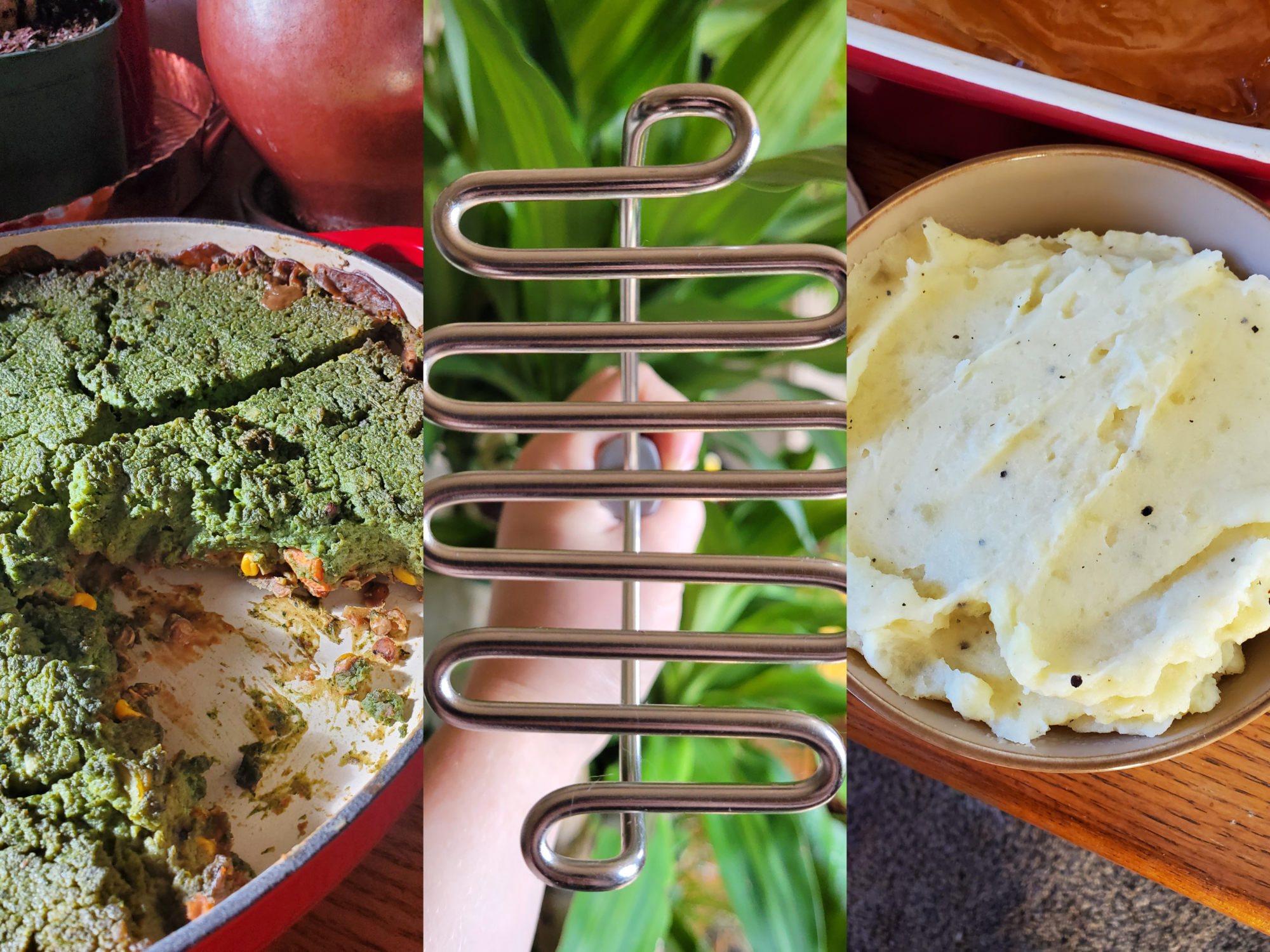
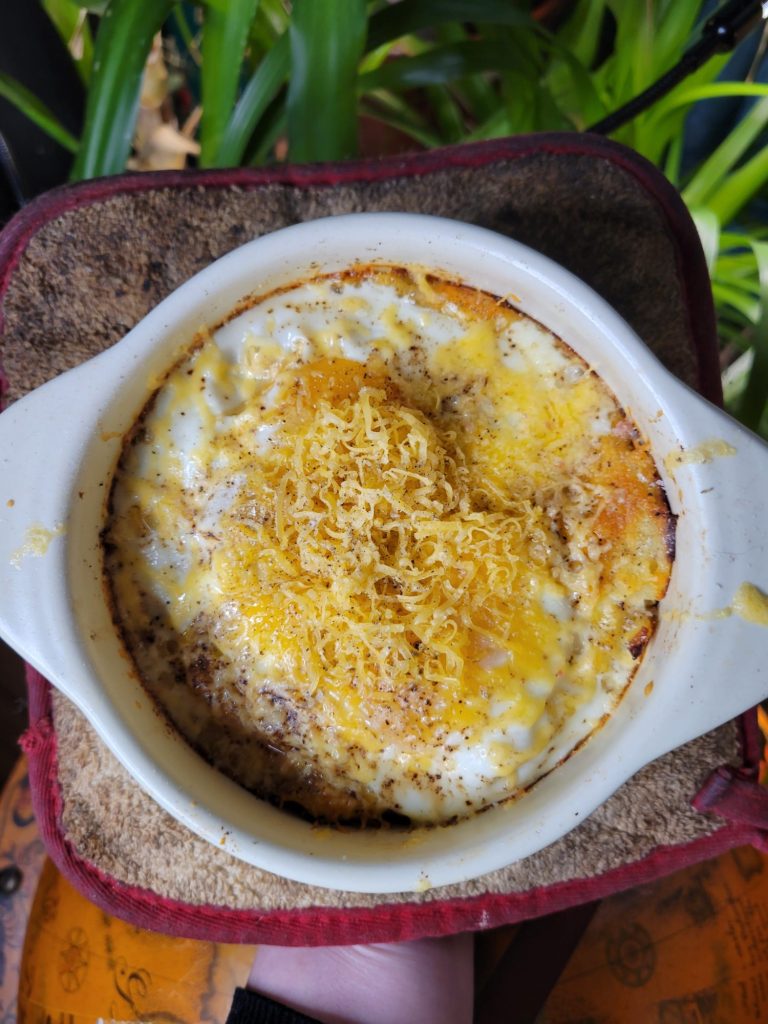
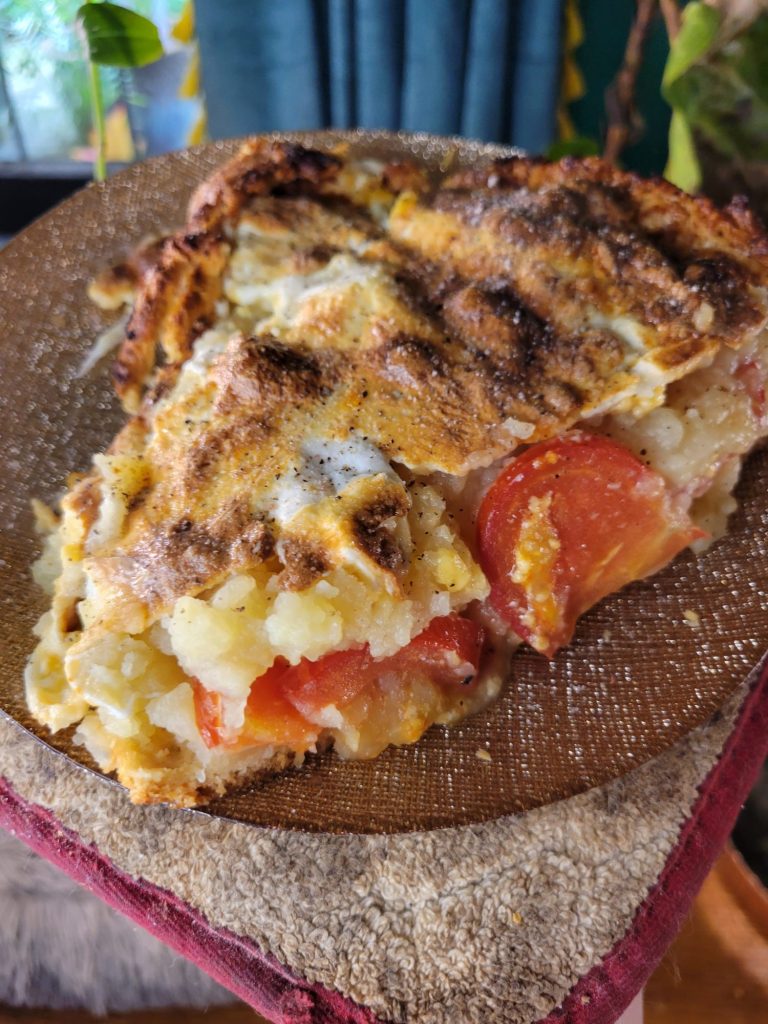
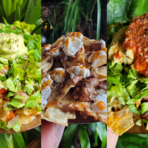

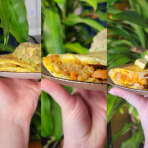
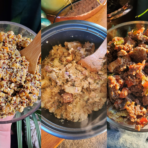
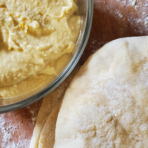


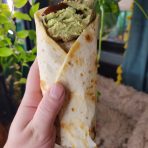
Leave a Reply